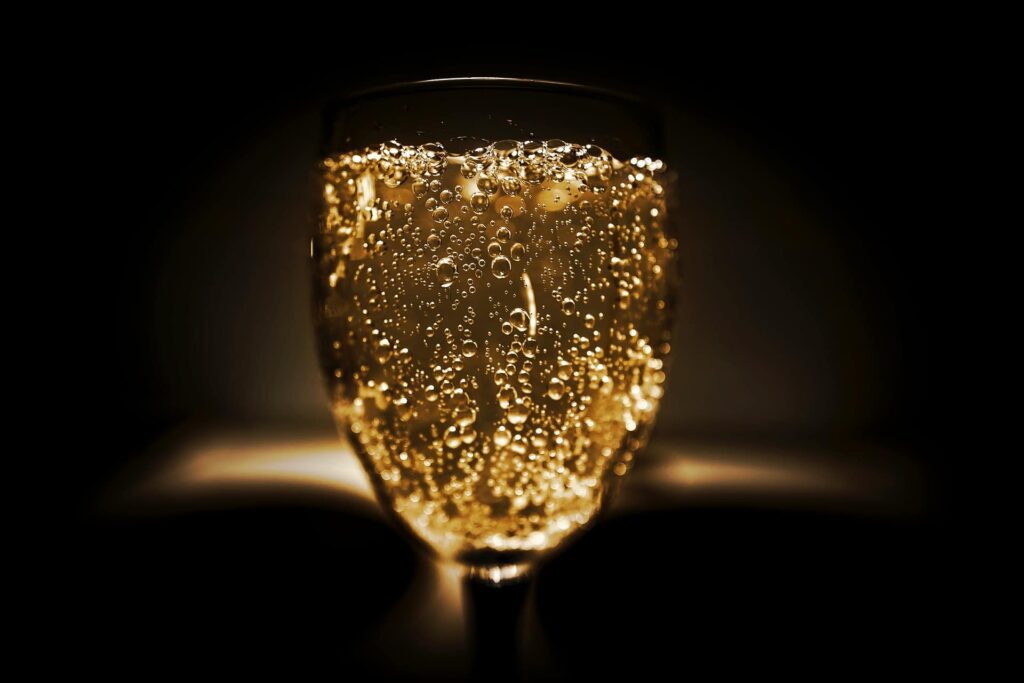
We like to celebrate our special moments with a glass of Champagne. An anniversary, a new job, or at the turn of the year with friends while enjoying fragrant burnt firework powder, shivering outside in the cold (which you won't notice once you drink enough of it). But Champagne as we know it is struggling to retain its recognizable flavor due to climate change.Text: Susan Powder
This is because the grapes depend on a relatively cool climate combined with a chalky soil. While we here in the Netherlands have enjoyed the tropical temperatures immensely in recent weeks, Champagne farmers have not and are worried about the future.
In an interview withBloomberg, Antoine Malassagne, co-owner of A.R. Lenoble explains the challenges they currently face. "The harvest starts in August these days. Some 20 years ago it was in mid to late September. The early ripening during these hot days causes the grapes to become less and less acidic, so the wine eventually becomes less fresh and loses its unique flavor."
Text continues below photo.
www.instagram.com/p/BlFYwUBhzOT/?utm_source=ig_embed
What can winemakers do about this problem? Champagne makers, for example, can add their reserve wines (the higher quality wines than usual) to enhance the flavor of their vintage. Malassange is developing a separate line of "reserves" to add freshness that way.
But Champagne growers are also looking for a more long-term solution: the super grape; which may sound more like a dickweed with a purple cape. But somewhere it makes sense. The current grapes being used are not designed to withstand climate change and grow just as fast as temperatures rise. As a result, you get big grapes that contain much more sugar. The result: a higher alcohol content.
The Institut national de la recherge agronomique (INRA) and the Institut français de la vigne et du vin de Montpellier are working with the Comité Champagne to develop new grape varieties. They are doing this by crossing certain grape varieties giving them characteristics suitable developing Champagne. The first results are expected in 2030.
© 2024 MASTERS EXPO. All rights reserved.